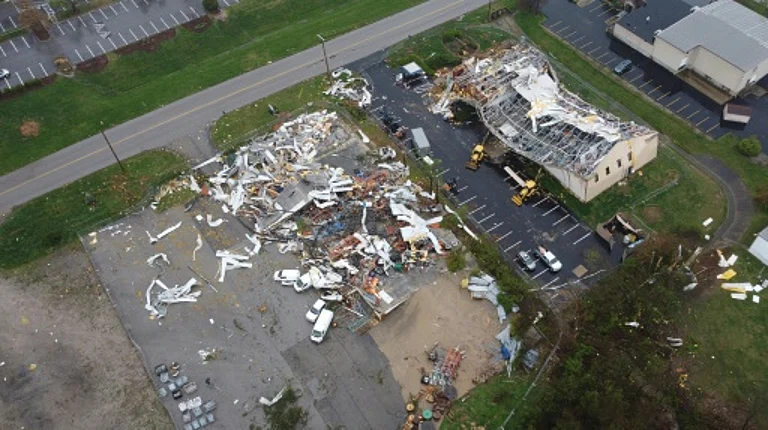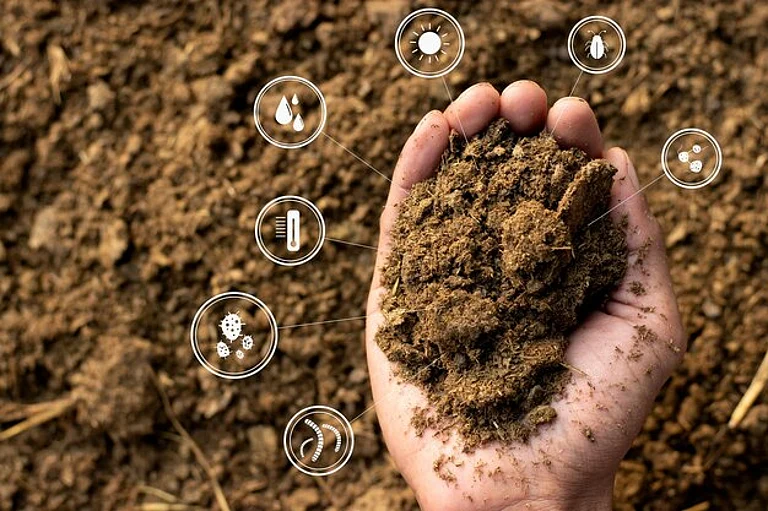Storm forecasting traditionally depended on studying atmospheric conditions. A new research published in the journal Nature Geoscience revealed that soil moisture levels could be crucial for predicting severe storms.
How Soil Moisture May Predict Intense Storms in Vulnerable Areas: Explained
Soil moisture levels may provide an early warning for intense storms, offering a new way to predict extreme weather in vulnerable regions
Using soil moisture levels as a predictive tool, researchers aim to detect severe clusters of thunderstorms that cause flash floods and landslides in regions like India, West and Central Africa, South America and parts of United States and China. This method could help in timely preparation in vulnerable areas.
The research focused on mesoscale convective systems (MCS)—large clusters of thunderstorms that can travel hundreds of kilometers and are considered as primary contributors to extreme rainfall. These systems produce 50%-90% of total rainfall over tropical land which often leads to damaged infrastructure and livestock, according to DownToEarth.
Soil Moisture and Storms
Researchers found that soil moisture differences can cause contrasts in air temperatures. These contrasts create stronger shifts in wind speed and direction at higher altitudes, which in turn causes turbulence, helping storms grow and produce more rainfall over larger areas, as reported by Earth.com.
“Mesoscale convective systems are some of the most intense thunderstorms on the planet, and are increasing in severity due to climate change. Rising temperatures could increase the contrast between wet and dry areas of soils, further intensifying thunderstorms in already severely impacted regions,” said Emma Barton, lead author of the study and meteorologist at UK Centre for Ecology & Hydrology.
The study introduces a new approach to examining land surface conditions — soil moisture levels as a predictive tool. Shifts in soil moisture could be detected two to five days before storm formation, showcasing its predictive potential.
"Understanding how soil moisture influences storm activity, and how this may change in the future, will be essential for more accurate short-term forecasting to warn communities about approaching storms, as well as making longer-term projections," added Barton.
“Meteorologists tend to focus on atmospheric conditions to predict weather patterns. But, as a growing amount of evidence shows, we should also consider what is happening on the land surface to improve forecasting,” said study co-author Cornelia Klein, a meteorologist at the United Kingdom Centre for Ecology & Hydrology.
Early detection of soil moisture could provide ample time to issue early warnings, benefitting vulnerable areas.

